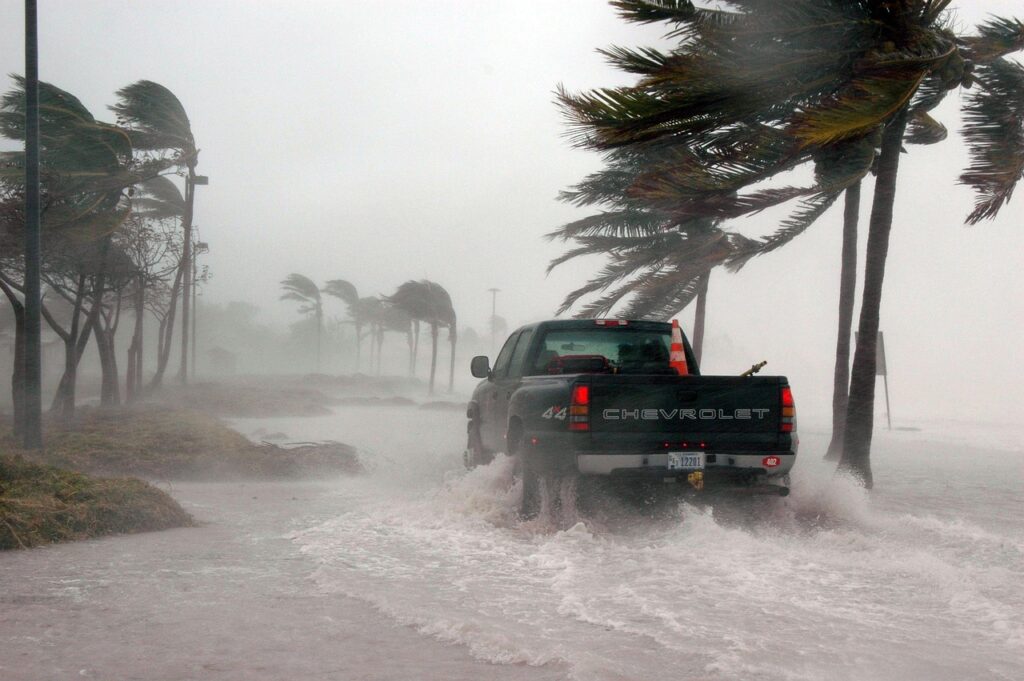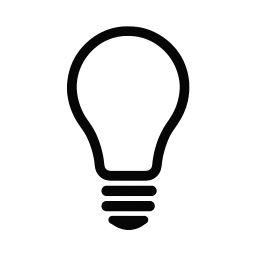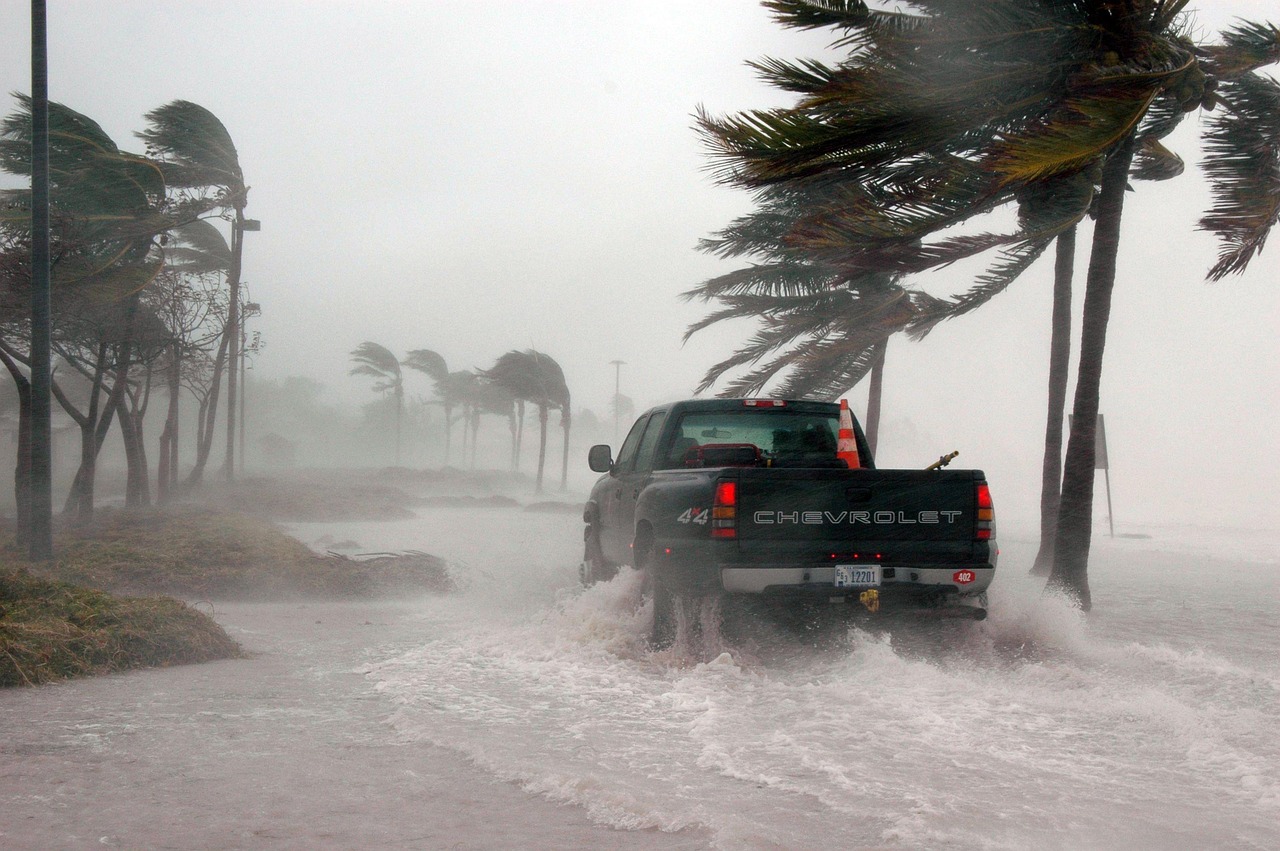From my sun-drenched perch in Tampa, Florida, it’s easy to envision the lush canopies that define so much of North America. Trees, they’re magnificent, aren’t they? They cool our cities, clean our air, and add a vital splash of green to our concrete jungles. But ask any utility provider or forest manager, from the sweltering South to the icy North, and you’ll hear a different tune. Those very same branches, so beautiful in full bloom, are often the silent saboteurs of our power grids, transforming into agents of chaos when the winds howl or the ice clings.
Here in the U.S., we’ve seen it time and again: a hurricane lashes the coast (and we in Tampa know all about that), a brutal ice storm sweeps through, and suddenly, entire communities are plunged into darkness. Power outages are more than merely inconvenient; they’re dangerous, disruptive, and incredibly costly. And a huge chunk of these, as Natalia Weichsel of CBC eloquently points out in her recent report on Quebec, are thanks to our leafy companions. In Quebec, “the percentage of outages caused by vegetation is important,” a sentiment echoed across every utility map, from FPL to Duke Energy.
For decades, the solution has been a blunt instrument: hack and clear. Crews, bless their tireless efforts, would swoop in, often leaving behind a trail of shorn branches and frustrated residents who simply want their trees to thrive. But a quiet revolution is now brewing across the continent, one that promises to fundamentally rethink our relationship with nature in the context of our critical infrastructure. It’s a testament to human ingenuity and the power of artificial intelligence.
In Florida, for instance, we’re keenly aware of the devastation hurricanes can wreak on our vast forests. Here, researchers at the University of Florida Institute of Food and Agricultural Sciences (UF/IFAS) are already harnessing cutting-edge remote sensing, LiDAR, and AI to evaluate forest damage after a hurricane. As highlighted by UF/IFAS, this innovative approach creates vital pre- and post-storm 3D maps, allowing emergency and environmental managers to swiftly identify the hardest-hit areas and guide crucial recovery efforts like salvage logging. This technology provides extensive measurement capabilities, empowering a rapid, informed response to the aftermath.
A New Era of Coexistence
Across the border, Hydro-Québec is taking this technological prowess a step further, placing a $150 million bet on AI to imagine a future where power lines and pines don’t just coexist, but flourish together. While Florida uses AI and LiDAR for reactive assessment post-storm, Hydro-Québec is using it for proactive prevention. Their approach to achieving this symbiosis is nothing short of revolutionary.
At an actual tree plantation in St. Bruno-de-Montarville, they’re engaging in a fascinating experiment, what we might call Arboreal Diplomacy. Researchers are working to coax trees into growing around power lines, rather than into them. Imagine, if you will, a future where majestic Y-shaped trees gracefully frame our power lines, a testament to intelligent design rather than brute force.

This effort is coupled with the true predictive power of AI-Powered Precision Pruning. Forget guesswork and reactive pruning. This is about giving our utilities a crystal ball: a digital twin of our entire electrical network and the leafy world around it. LiDAR sends out millions of laser beams, creating a hyper-detailed 3D map, not just of the trees, but of every branch, every leaf. Then, the AI steps in, a digital oracle trained on years of historical storm data. It learns which branches are most likely to snap in a gale, which ones will yield under a blanket of wet snow. This approach offers significant efficiency gains, delivering surgical precision. Instead of a “shotgun approach,” as Hydro-Québec calls it, we’re moving towards laser-focused interventions, pruning only what’s necessary, when it’s necessary.
Implications for a Resilient Future
The implications, from Tampa’s coastal pines to Quebec’s northern forests, are staggering. Imagine: fewer blackouts, more resilient communities, and billions saved in emergency repairs. Keeping the lights on is crucial, and this initiative elevates that goal by nurturing our urban forests, preserving the very elements that make our cities livable, all while simultaneously securing our energy future. As climate change intensifies, bringing with it more frequent and violent storms, this kind of intelligent management, both reactive and proactive, becomes not just a luxury, but an absolute necessity.
Of course, this is a long game. Hydro-Québec’s project is a decade-long endeavor, a testament to the complexity and ambition of their vision. We won’t see AI-wielding tree pruners in our backyards tomorrow. But the seed has been planted. These North American initiatives represent a profound shift in how we might approach infrastructure and environmental management globally. It’s a bold declaration that technology, when applied thoughtfully and with a deep respect for our natural world, can help us overcome some of our most pressing challenges.
So, the next time a storm rolls in, and you brace for the inevitable flicker of the lights, take heart. Across the continent, a quiet revolution is underway, teaching us that with a little ingenuity and a lot of AI, nature doesn’t have to be our adversary. It can be our most powerful ally in keeping the lights on, now and for generations to come.
Sources:
- Weichsel, Natalia. “How Quebec’s electricity provider is testing AI to help power lines and trees coexist.” CBC. YouTube Video Transcript.
- “Hydro-Québec using AI to reduce power outages caused by trees | CBC News.” CBC News, July 9, 2025.
- “Innovative technology to evaluate forest damage helps with rapid response after hurricanes.” UF/IFAS News, May 6, 2024.
- “How AI can improve utility storm response with increased reliability, lower ratepayer costs.” Utility Dive, July 7, 2025.
- “Rethinking Vegetation Management on Electric Utility Corridors — combining AI & Satellite Data.” Overstory, May 20, 2025.
- U.S. Environmental Protection Agency. “Climate Change Impacts on Energy.”
- Astra Canyon Group. “Future of Utilities: How AI Is Transforming the Grid.”
- XenonStack. “AI-Powered Predictive Maintenance for Energy Grid Management.”








Leave a Reply